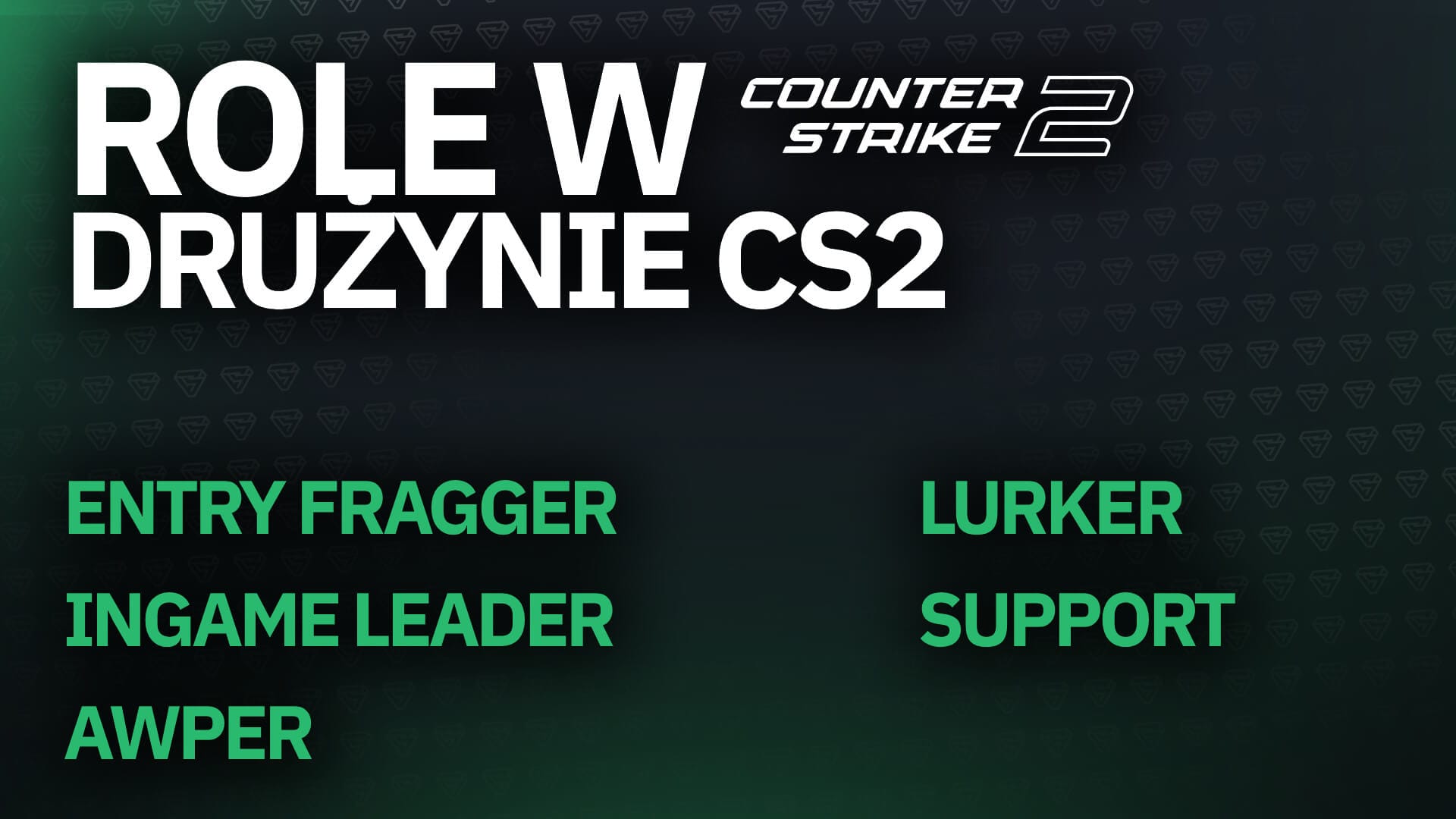BFN Lab: Insights and Innovations
Explore the latest trends and insights in technology, science, and innovation at BFN Lab.
Leading From the Front: Elevating Your Game as a CS2 IGL
Unlock your potential as a CS2 IGL! Discover pro tips and strategies to elevate your game and lead your team to victory.
5 Essential Traits of a Successful CS2 IGL
In the ever-evolving landscape of competitive gaming, being an In-Game Leader (IGL) in Counter-Strike 2 (CS2) requires a unique mix of skills and traits. First and foremost, a successful IGL must possess exceptional communication skills. This involves not only relaying strategies and tactical decisions clearly but also being able to listen to team members to make wise adjustments during intense gameplay. A great IGL acts as a bridge between the players and the coach, ensuring that everyone is on the same page and aware of the evolving game dynamics.
Another critical trait is strategic thinking. The ability to analyze the opponent's gameplay and adapt strategies in real-time can make or break a match. A successful CS2 IGL needs to be quick on their feet, often thinking several steps ahead of the competition. This also ties into having a strong knowledge of the game mechanics, maps, and team compositions. Ultimately, these traits help the IGL make informed decisions that can lead to victory, elevating the entire team's performance.

Counter-Strike, a highly popular first-person shooter game, has captivated millions of players worldwide with its team-based gameplay and strategic depth. Players often seek ways to enhance their performance, including learning how to copy crosshair settings from professional players. The game features various modes, from bomb defusal to hostage rescue, allowing for diverse tactical approaches.
How to Develop Effective Communication Skills as a CS2 IGL
As a CS2 IGL (In-Game Leader), developing effective communication skills is crucial for leading your team to victory. Begin by establishing a clear and concise way to relay information on the battlefield. Use callouts that everyone understands, and encourage your teammates to familiarize themselves with map locations and strategies. Hold regular team meetings, either in-game or out, to discuss tactics and review gameplay, ensuring everyone is on the same page. Consistent practice not only helps clarify your communication style but also boosts team cohesion.
Another vital aspect of enhancing your communication skills is actively listening to your teammates. Active listening involves providing feedback, asking clarifying questions, and being receptive to suggestions. This dynamic encourages a healthy exchange of ideas and ultimately leads to better decision-making during critical moments in the game. Additionally, consider using voice modulation tools to enhance clarity during intense gameplay situations. By fostering an environment of open dialogue and trust within your team, you will significantly improve your effectiveness as a CS2 IGL.
Strategies for Adapting Your Leadership Style to Different Team Dynamics
In today's diverse workplace, understanding how to adapt your leadership style to different team dynamics is crucial for fostering an effective environment. One effective strategy is to engage in active listening, which involves paying attention to team members' concerns and motivations. This approach not only helps leaders better understand individual personalities but also allows them to tailor their communication style accordingly. Moreover, recognizing whether a team requires a directive or collaborative approach can significantly impact overall productivity. For instance, a team with less experience may benefit from more structured guidance, while a seasoned group might thrive in an environment that promotes shared decision-making.
Another key strategy is to regularly assess the changing dynamics within your team. This could involve conducting periodic team assessments or feedback sessions to gauge morale and collaboration levels. By maintaining an open line of communication, leaders can identify shifts in team dynamics and adjust their leadership approach as needed. Additionally, incorporating team-building activities can strengthen relationships and enhance trust, which can lead to a more cohesive team atmosphere. Ultimately, adapting your leadership style to suit different team dynamics not only improves team performance but also cultivates a culture of resilience and adaptability.